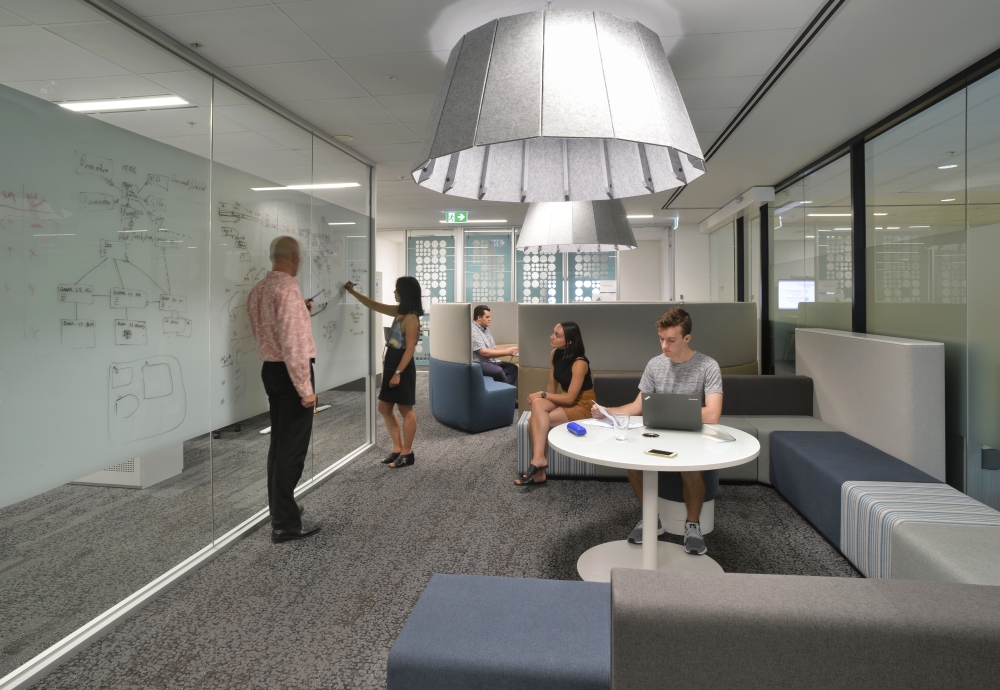What is the future for the office?

Wellness is the new sustainability. Earlier in August, Property Council held events across the country to present their mid-year Office Market Report. While the events couldn’t take place in person, the online forum presented thought-provoking outcomes on the impact of Covid-19 within the commercial property market.
Wellness
Wellness is the new sustainability. While there have been significant workplace trends towards health and wellness over the last few years, such as Medibank Place, Docklands , the health risks presented by the pandemic, both physically and mentally, have put wellness in the forefront of everyone’s mind. Wellness has become a key factor in attracting and retaining the best staff for organisations. For property owners, we will see a push towards health buildings, with integrated and touch-free technology to attract top tenants.
Millennials
The war for talent should be a major influence on any workplace strategy. Many staff have enjoyed the experience of working from home, however, there are benefits provided by working in an office environment that can’t be replicated working in isolation. Staff in their 20’s and 30’s, in the midst of their careers, go to the office to leverage and absorb the knowledge provided by their more experienced colleagues. The ‘enriching growth environment’ provided by the office experience will be key in talent retention of this demographic and will be a driver for space demand.
Sub-leasing
With the speed of change and lingering uncertainty over the next 12 months, tenants are extending their leases in the short term to allow time to assess their long-term requirements. New working from home strategies and the reduction of staff in some organisation have decreased the demand on office floorspace. This is leading to an increase in sub-leases in the short term, with many organisations looking to stay put, but scale back their footprint in an effort to save on real estate costs.
Tenants are extending their leases in the short term to allow time to assess their long-term requirements.
Distributed Workplace
One of the highest risks for employees is travelling to their city office via public transport. With the ease of working from home, without the commute, many large organisations and government departments are seeking to redistribute their workplace outside of the central CBD. By reducing staff numbers in the one, central location and providing office accommodation closer to home for their staff, organisations can avoid reduce the impact a potential outbreak might have, as well as reducing commute time and associated risks.
While we’re all focused on keeping up with the day to day updated restrictions and economic impacts, business leaders are minimising their reactionary decision making, to prepare longer term strategies.
Refurbishment
With a decreased demand of new tenancies, there is opportunity for the refurbishment of existing older style buildings to create smaller, affordable office solutions. With a growing need for fringe and suburban office space, this could spark an increased demand in C-type office accommodation.
What does it all mean?
These strategies align with the economic recovery over the next 2 years and gives their organisations time to re-evaluate their workplace strategy, culture and values. Moving forward this provides an opportunity to assess and realign with organisational values, leading to an understanding of what is important in each workplace and how this impacts their location, facilities and how the workplace is used.
Summary by Miranda Spencer, based on notes taken in attendance of the Property Council Office Market Report Adelaide Event.
The Office Market Report can be ordered through Property Council.


